Hi there, pet lovers! 🐄
Cows are among the most rewarding yet demanding animals to raise, whether for milk, meat, or companionship. Unlike smaller pets, cows require significant space, resources, and long-term commitment. However, their benefits—sustainable food production, land management, and even emotional bonds—make them a cornerstone of small farms and homesteads.
In this detailed guide, we’ll cover everything you need to know about keeping cows, from breed selection and daily care to costs, challenges, and ethical considerations. Whether you’re a beginner or an experienced farmer, this review will help you decide if cows align with your goals.
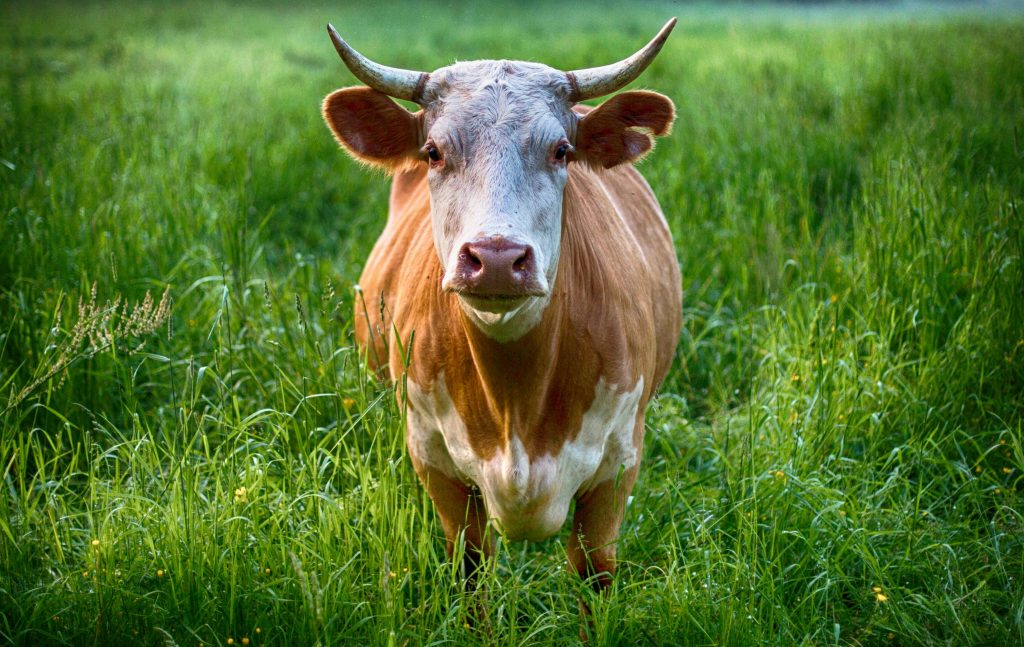
Overview
Cows (Bos taurus) are large domesticated mammal primarily raised for milk, meat, or labor. They are intelligent, social animals that thrive in herds and require dedicated care. Here’s a quick summary of what makes them unique:
- Handling and Temperament: Generally docile but require proper fencing and handling techniques.
- Care and Maintenance: High-maintenance due to space, feed, and health needs.
- Health and Durability: Hardy but prone to specific illnesses if not managed properly.
- Availability: Easily sourced from local farms, auctions, or breeders.
- Cost: Expensive initial setup but can be profitable long-term.
- Overall: Best for those with adequate land, time, and resources.
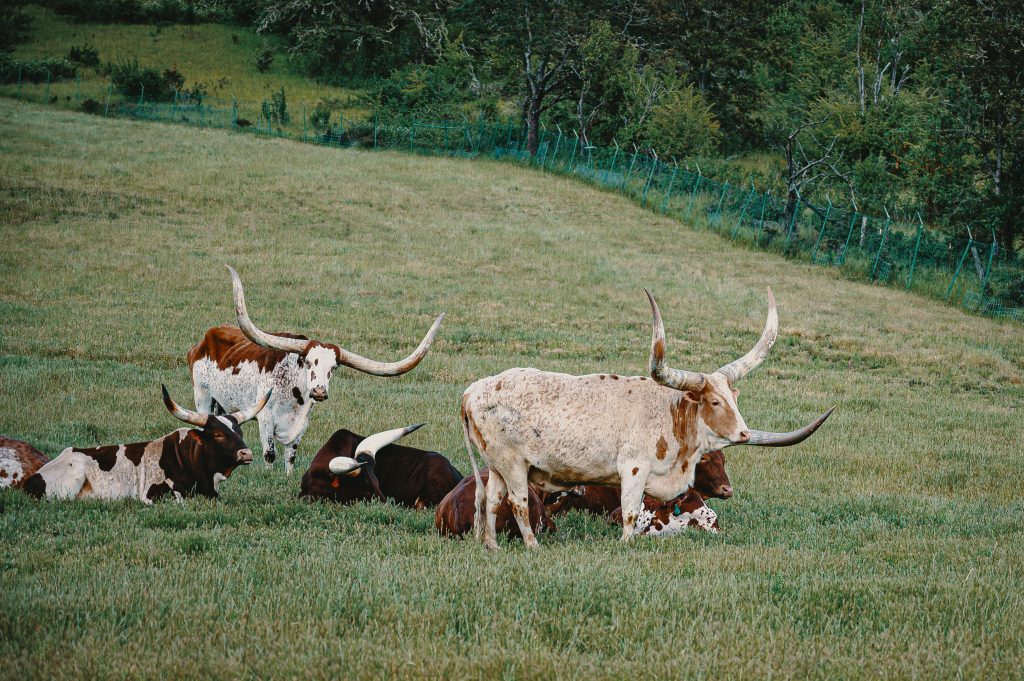
Why Choose a Cow?
Cows are multipurpose animals, providing milk, meat, manure for fertilization, and even land-clearing services through grazing. They form strong social bonds with their herd and can become surprisingly affectionate with humans.
Benefits of Raising Cows
✔ Sustainable Food Source: Fresh milk, beef, or dairy products.
✔ Land Management: Helps maintain pastures and reduce invasive plants.
✔ Profit Potential: Selling calves, milk, or beef can generate income.
✔ Emotional Bond: Many cows develop distinct personalities and recognize their caretakers.
Challenges of Raising Cows
✖ High Initial Cost: Fencing, shelter, feed, and veterinary care add up.
✖ Space Requirements: At least 1–2 acres per cow for grazing.
✖ Labor-Intensive: Daily milking (for dairy breeds), feeding, and health checks.
✖ Long-Term Commitment: Cows live 15–20+ years, requiring consistent care.
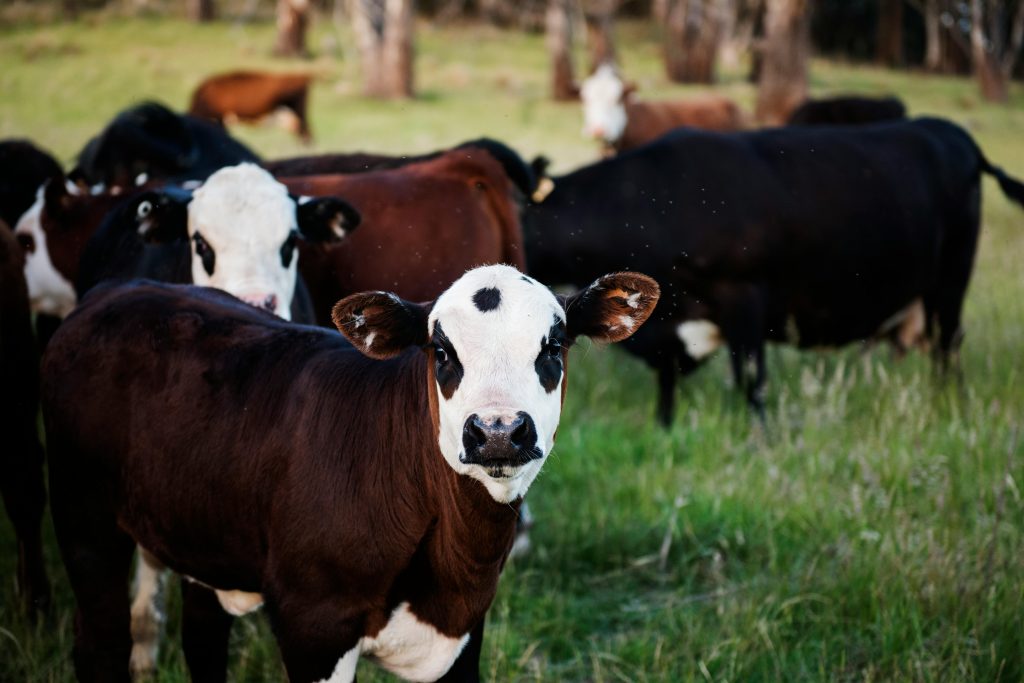
Handling and Temperament
Cows are herd animals, meaning they thrive in groups and can become stressed if isolated. Their temperament varies by breed, with some being more docile (e.g., Hereford, Jersey) and others more independent (e.g., Highland, Longhorn).
Personality Variations
- Dairy Breeds (Jersey, Holstein): Often more people-oriented due to frequent milking.
- Beef Breeds (Angus, Hereford): Calmer but less interactive.
- Dual-Purpose Breeds (Dexter, Shorthorn): A balance of both traits.
Handling Tips
✔ Start Young: Bottle-fed calves bond more easily with humans.
✔ Use Positive Reinforcement: Treats (like apples or grain) build trust.
✔ Avoid Sudden Movements: Cows have a wide field of vision but react to fast gestures.
✔ Secure Fencing: A cow can push through weak barriers if spooked.
Do Cows Bite?
Cows rarely bite aggressively, but they may mouth or nibble out of curiosity. The bigger risk is being stepped on or accidentally pushed by their large bodies.
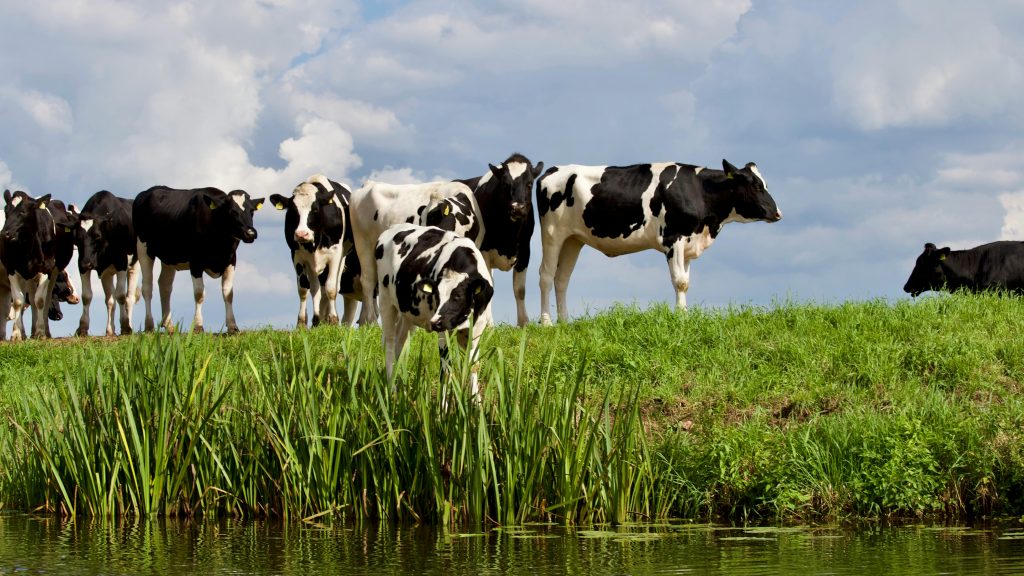
Care and Maintenance
Proper cow care involves nutrition, shelter, health monitoring, and pasture management.
Enclosure & Space Requirements
- Pasture Size: Minimum 1–2 acres per cow (depends on grass quality).
- Shelter: A three-sided barn or windbreak protects from extreme weather.
- Fencing: Barbed wire, electric, or woven wire (at least 4–5 feet tall).
Feeding & Nutrition
✔ Grass & Hay: Primary diet (25–50 lbs of grass/hay per day).
✔ Grain (Optional): Supplement for dairy cows or underweight animals.
✔ Minerals & Salt Blocks: Essential for bone health and digestion.
✔ Clean Water: 10–30 gallons per day per cow.
Milking (For Dairy Cows)
- Frequency: Twice daily (morning and evening).
- Equipment Needed: Milking stand, buckets, and sanitizing supplies.
- Storage: Raw milk must be chilled immediately or pasteurized.
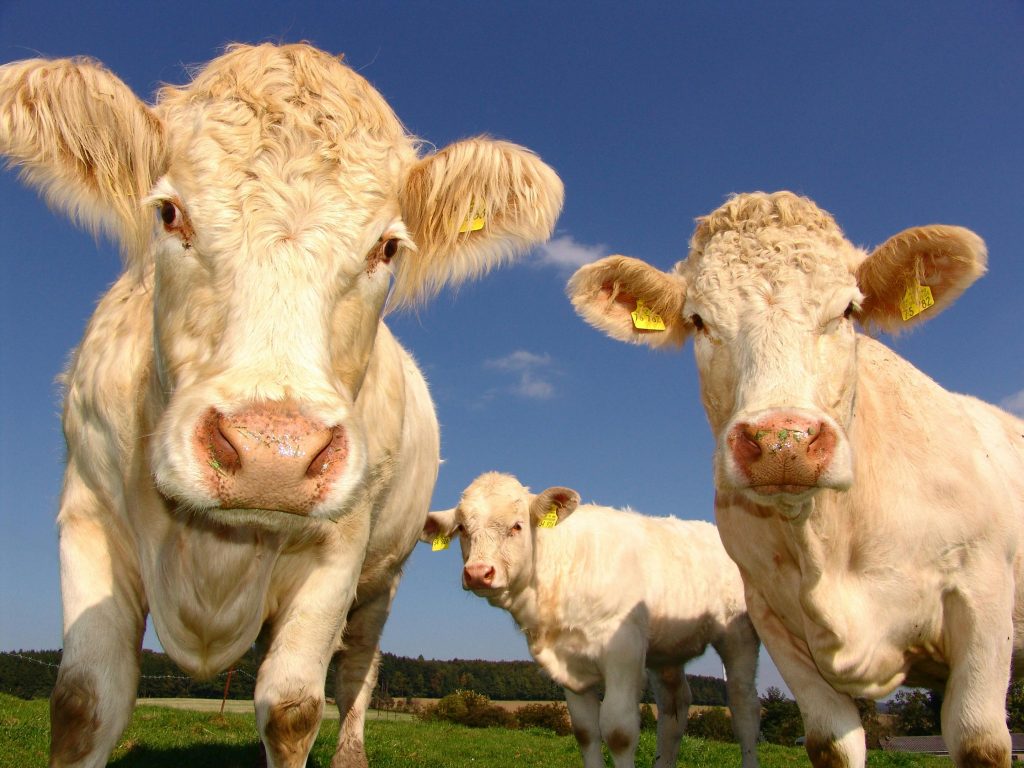
Health and Durability
Cows are generally hardy but require preventative care to avoid common illnesses.
Common Health Issues
- Mastitis (Dairy Cows): Udder infection; requires antibiotics.
- Bloat: Gas buildup from rapid fermentation of feed (emergency!).
- Foot Rot: Caused by wet, muddy conditions.
- Parasites: Worms and lice (regular deworming needed).
Preventative Care
✔ Vaccinations: Consult a vet for core vaccines (e.g., blackleg, brucellosis).
✔ Hoof Trimming: Every 6–12 months to prevent lameness.
✔ Regular Vet Checks: Especially before breeding or calving.
Lifespan
With proper care, cows typically live 15–20 years, though dairy breeds often have shorter lifespans (5–7 productive years) due to the physical demands of milking, while beef and pasture-raised cattle may thrive well into their late teens.
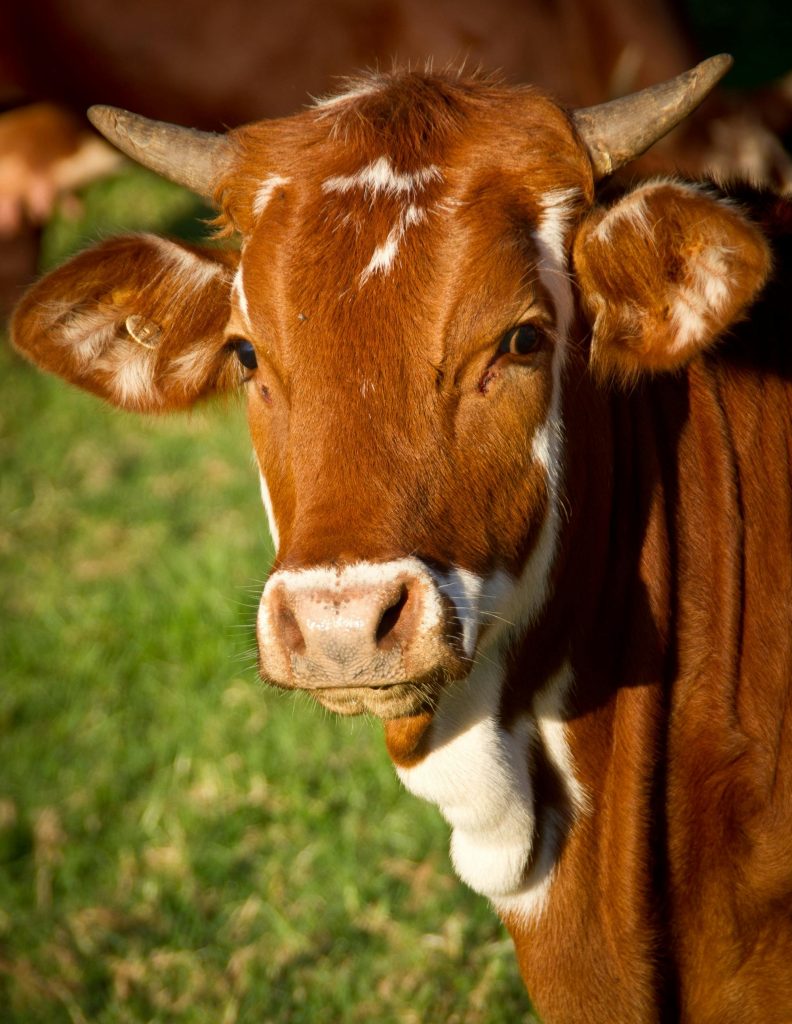
Availability and Cost
Where to Buy
- Local Farms: Best for healthy, well-socialized cows.
- Livestock Auctions: Cheaper but higher risk (unknown health history).
- Breeders: Ideal for specific bloodlines (e.g., registered Dexters).
Cost Breakdown
- Cow Price: $800–$5,000+ (depending on breed, age, and purpose).
- Setup Costs: $2,000–$10,000 (fencing, shelter, feed storage).
- Ongoing Costs: $500–$2,000/year (feed, vet care, supplements).
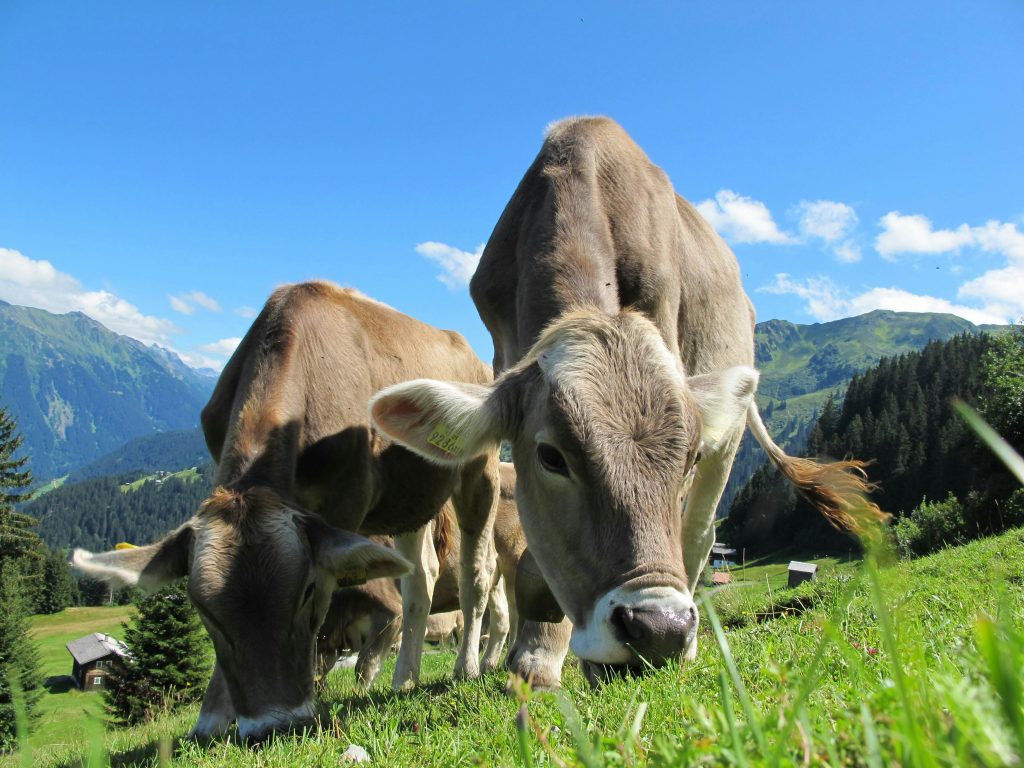
Pros and Cons
Pros
✔ Provides milk, meat, and fertilizer.
✔ Can be profitable if managed well.
✔ Helps with land maintenance.
✔ Forms strong bonds with owners.
Cons
✖ Expensive initial investment.
✖ Requires daily labor (milking, feeding).
✖ Large space needed.
✖ Long lifespan means long-term responsibility.
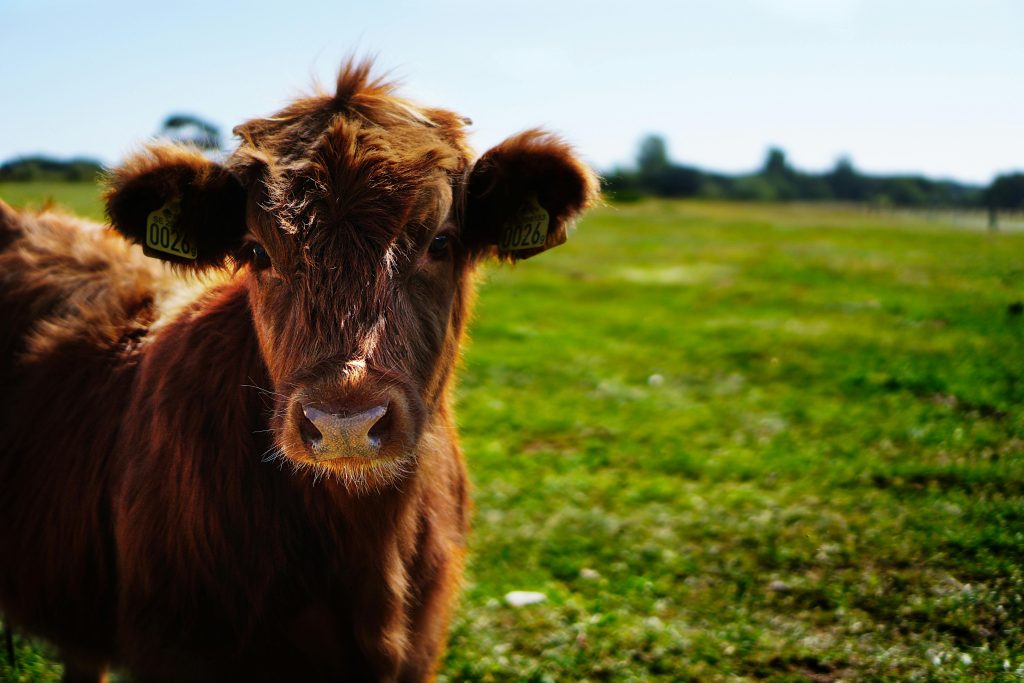
Final Thoughts
Cows are not for everyone, but for those with the land, time, and dedication, they offer unmatched rewards. Whether you’re after fresh milk, homegrown beef, or sustainable land management, cows can be a valuable addition to a homestead.
Before committing, visit local farms, talk to experienced owners, and assess your resources. A well-planned setup ensures a happy, healthy herd for years to come.
Have experience raising cows? Share your tips below! For more livestock guides, stay tuned to our blog. 🐮🌿

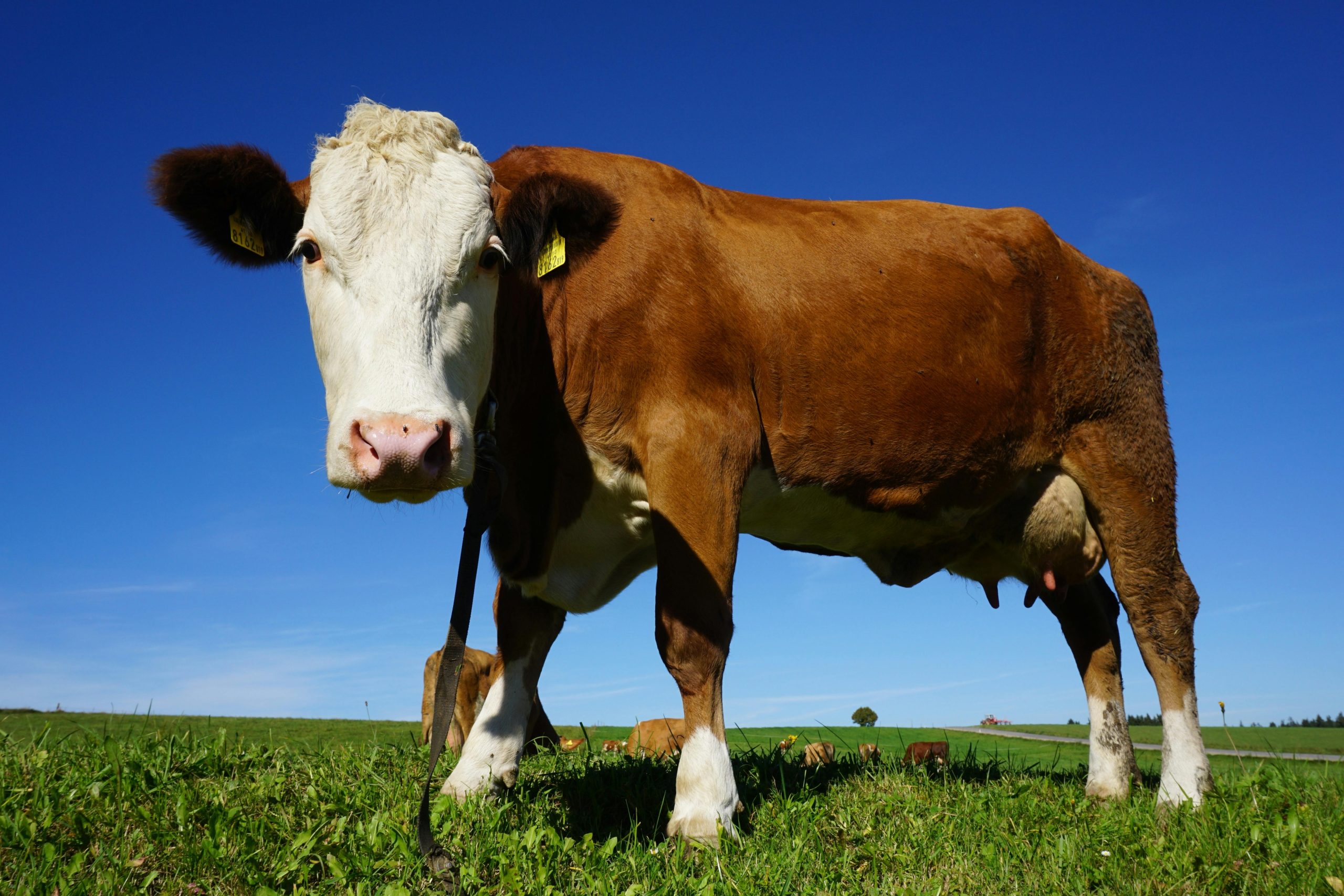


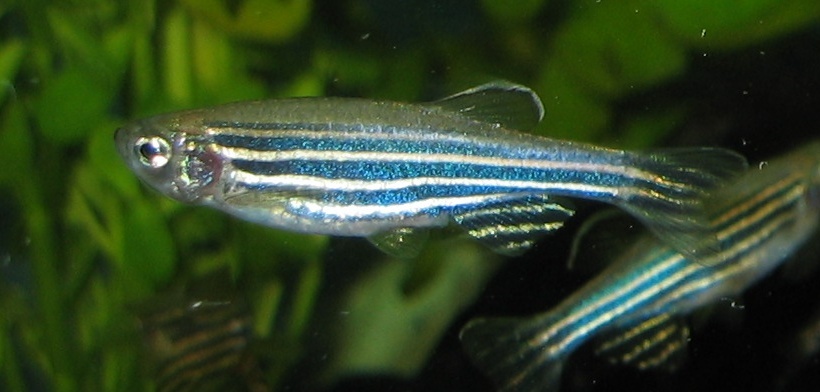
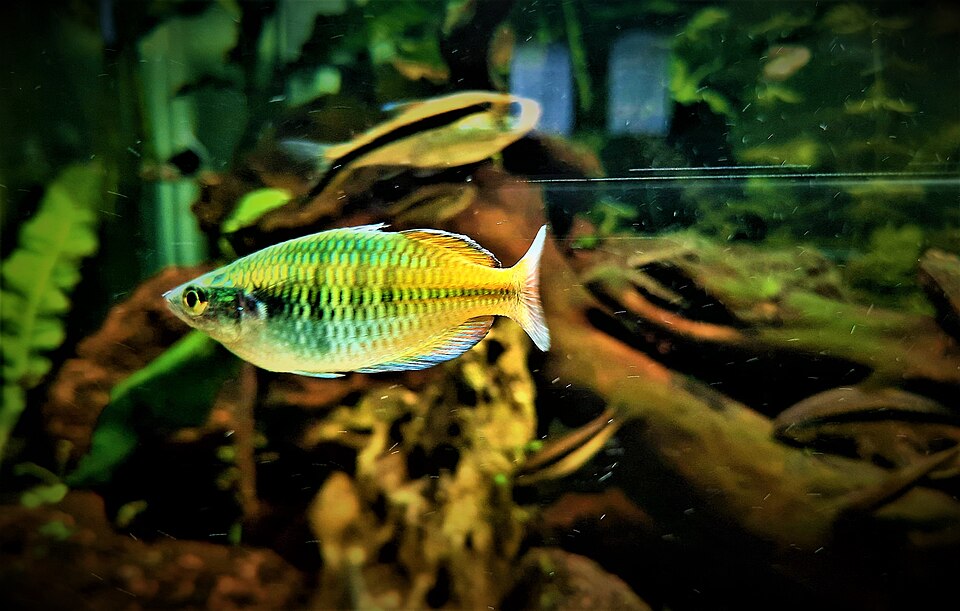


Leave a Reply